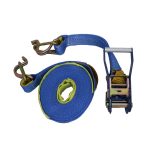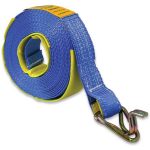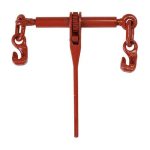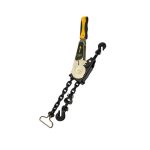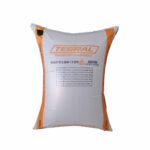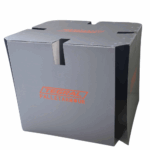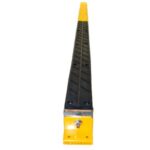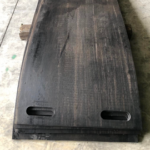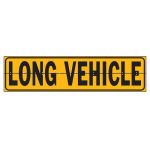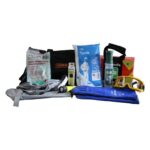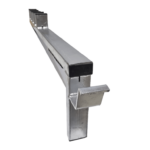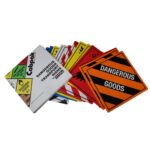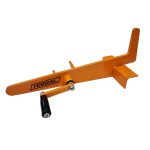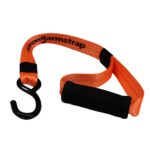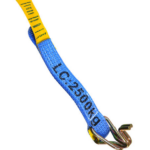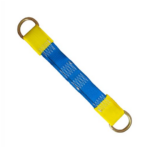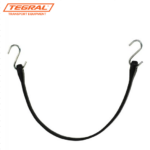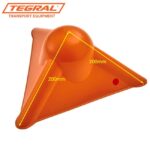Australian heavy vehicles exceeding 4.5 tonnes gross vehicle mass are regulated by the National Heavy Vehicle Authority (NHVR), a specialised independent regulator. The purpose of the NHVR is to manage a single set of regulations for heavy vehicles under the Heavy Vehicle National Law (HVNL), increase safety and productivity, lessen the burden of compliance on the heavy vehicle transport sector, and eliminate overlap and inconsistencies across state and territory boundaries. Additionally, all heavy trucks are subject to General Mass Limits (GML), which are included.
Unless the vehicle is operating in accordance with an accreditation or an exception under the Heavy Vehicle National Law, the GML specify the allowed mass for all types of axle groups for heavy vehicles (HVNL).
The table below describes the axle mass limits.
Table 1.0
Axle mass limits

Mass limits axle spacing
Vehicles that conform must have the required minimum axle group spacing. The graphic below illustrates the measuring points to establish the axle spacing for a big vehicle’s mass limits, including the:
- distance from the centre-line of single axle to the centre-line of another single axle;
- distance from the centre-line of single axle to the centre-line of the furthest axle in any axle group
- greatest distance between the centre-line of axles in any 2 axle groups.

What documents must be carried in the vehicle?
No particular documents are required to be carried in the vehicle specific to GML.
However, if a vehicle combination requires a notice or permit to allow access to the road network, this permit or notice may be required to be carried in the vehicle.
How is compliance with GML monitored?
State and territory police and authorised officers monitor compliance with the HVNL.




